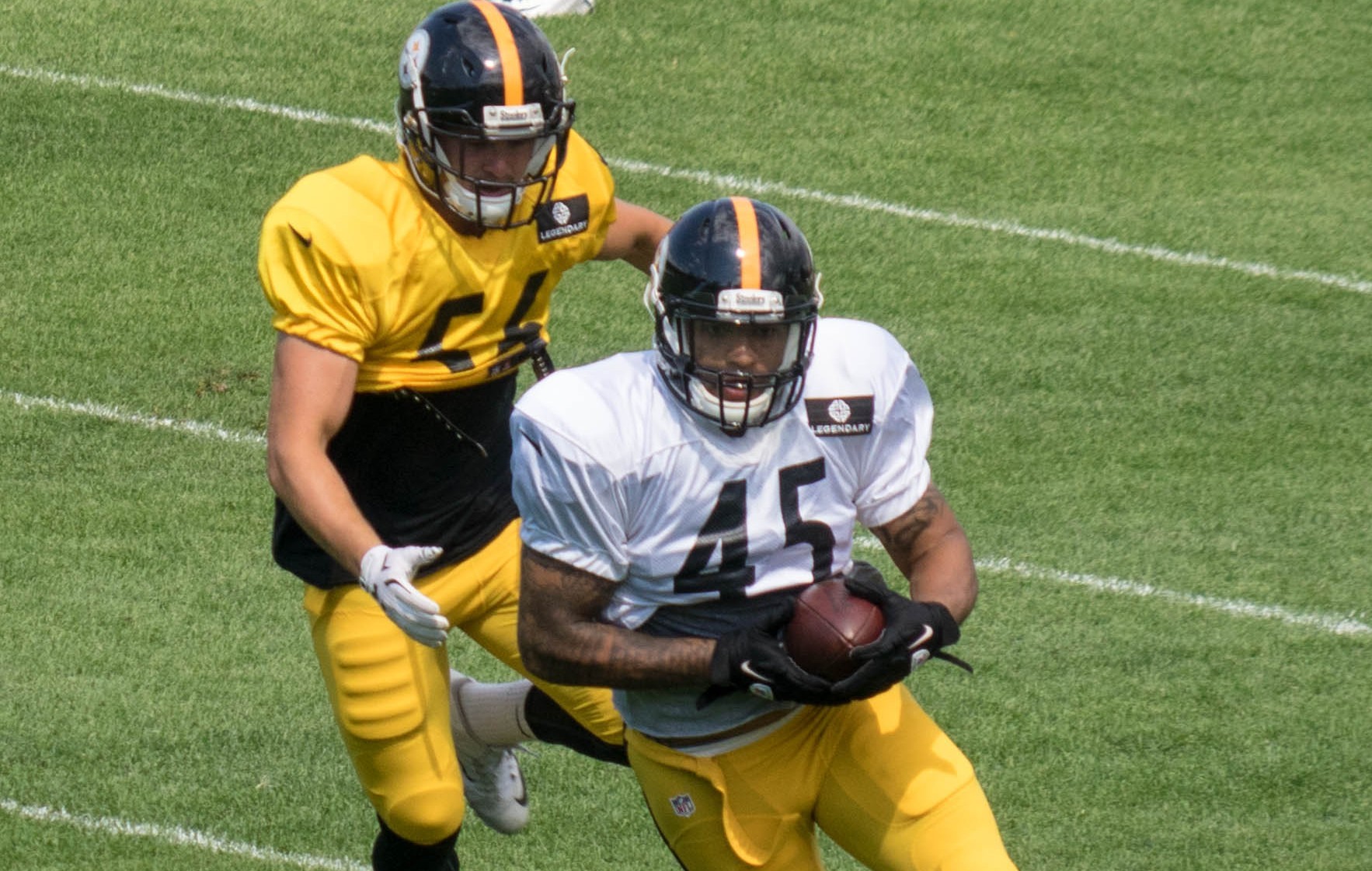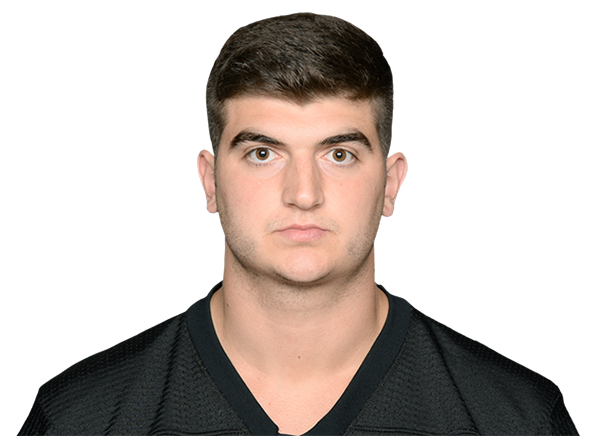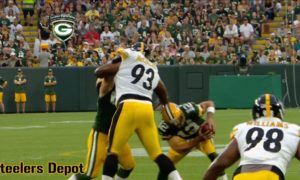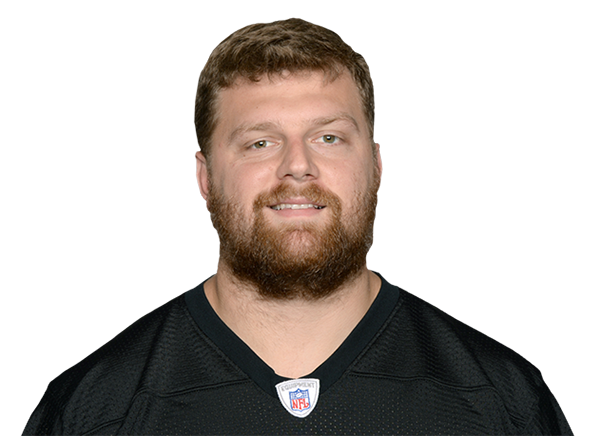It’s said a draft class can’t be fully graded until at least three years after the picks are made. That’s why after submitting grades for every Pittsburgh Steelers pick made in 2021, I began going back through and grading previous Steeler draft classes beginning with 2018. Today continues the fifth class in that exercise, with the first of the Steelers’ two sixth-round picks in the 2014 NFL Draft: Jordan Zumwalt, a linebacker from UCLA.
This exercise follows the six viewpoints (listed below) for examining and re-grading a pick. Each of the first five viewpoints gets examined and assigned a letter grade, before taking that analysis and combining it into a final letter grade. Those five viewpoints comprise much of what goes into the draft grades consumed by so many every year after the draft.
Steelers’ Career: What did the player contribute to the team that drafted him?
NFL Career: Did the player make the pick look better in hindsight after leaving Pittsburgh?
Pick Value: Did the player outperform his draft slot? Did he fail to live up to the pick used on him?
Positional Value: Was the player the best player remaining at his specific position in the draft?
Other Options: Did any players go during the next round that were better selections?
Overall Grade: A final mark to denote whether the selection was an overall positive one, or one better spent elsewhere.
Each factor in a retrospective doesn’t apply evenly to every pick made; consider the grades weighted. For example, to return a high grade in pick value, a first-round pick should have a long and impactful career, while a later-round pick needs only a couple seasons as a back-up or modest contributor to be worth the selection used on him.
Some factors are universal, though. Whether picked first overall or 259th, there will always be other options on the board to compare the player to, and steals and reaches can come from any place in the draft.
Round 6, Pick 16: Jordan Zumwalt, LB, UCLA
STEELERS & NFL CAREER: N/A
Add Zumwalt to the list of Steelers who got little of a fair shot at the NFL because of constant injuries. Drafted in the sixth round to fill out the linebacker depth behind Lawrence Timmons, Sean Spence, Vince Williams, and fellow 2014 pick Ryan Shazier, Zumwalt lasted multiple years with Pittsburgh, but never made it to a regular season.
Zumwalt suffered a hip injury during camp his rookie season, spending the year on injured reserve. Pittsburgh stayed committed to the linebacker, and brought him back for another year. That year also ended with a season-ending hip injury and surgery during camp. The Steelers remained faithful in his abilities and brought him back for a third attempt to make the roster in 2016. Zumwalt dodged a major injury that season. But he was part of the team’s roster cuts, with Pittsburgh possessing plenty of depth in Shazier, Timmons, Williams, and Tyler Matakevich at the position. Unlike a lot of picks released by Pittsburgh, Zumwalt didn’t bounce around more teams or other leagues to continue his career, instead getting into business and sales after his Steeler career ended.
PICK VALUE: F
Zumwalt never suited up for Pittsburgh, but does remain a prospect the team committed longer to than many others who never made a regular season roster, in making it to camp with the team three straight years. The franchise didn’t get anything back in a regular season game from this selection.
POSITIONAL VALUE: C
Teams drafting after Pittsburgh trying to find a late-round linebacker didn’t fare any better. None of them drafted at Zumwalt’s 192nd or later remain in the league, and the most tackles any of them put together over six seasons was 77. That was the total of Corey Nelson (242nd, Denver), the only one of whom made it up to the 2019 season. The next-closest a linebacker came was Marquis Flowers (212th, Cincinnati), who had 38 tackles and was the only other linebacker to play through the 2018 season. Trevor Reilly (233rd, New York Jets) made it to 2017, with 27 career tackles.
OTHER OPTIONS: C-
One pick after Zumwalt went guard Zach Fulton to Kansas City. Mentioned in yesterday’s Wesley Johnson retrospective, K.C. hit on a pair of starting guards within a handful of picks, adding Fulton and then Laurent Duvernay-Tardif 200th overall, the latter a doctor who earned multiple awards for his courage to leave football and a shot at a Super Bowl with K.C. last season to combat the COVID-19 pandemic.
Another lineman mentioned in that retrospective was Matt Paradis (207th, Denver), who remains a starting center in the NFL and one of the higher-paid players at his position, now with Carolina. T.J. Carrie (219th, Oakland) has made appearances in these sections before for this class, and remains in the league as a cornerback with Indianapolis. Even with extra seasons, Carrie hasn’t accomplished in the secondary what Andre Hal did. Drafted 216th overall by Houston, Hal earned a starting safety spot with the Texans his second season, and held it the next three years. He had multiple interceptions his last four years, even when playing only 237 snaps his last year. His 12 total picks rank fifth in the class to this day, even with Hal electing to retire early after the 2018 season.
One other name of note is Beau Allen (224th, Philadelphia), who missed last season but stuck around the league as a defensive tackle. All are strong alternatives for the Steelers, led by Duvernay-Tardif and Hal.
OVERALL GRADE: C
Like a lot of Pittsburgh’s picks who never overcame injuries to establish careers with the franchise, the reasoning behind the Steelers’ drafting of Zumwalt was there. The team prefers to have considerable depth at inside linebacker, and needed that at the time behind a rookie Ryan Shazier and unproven Sean Spence and Vince Williams.
That hip injury just never let Zumwalt get a chance to earn a spot on the roster. In giving him three chances, the Steelers showed there was something about Zumwalt’s game that they really liked. But by the time Zumwalt got a completely healthy camp to display that, Pittsburgh had loaded up its linebacking room to capacity.






